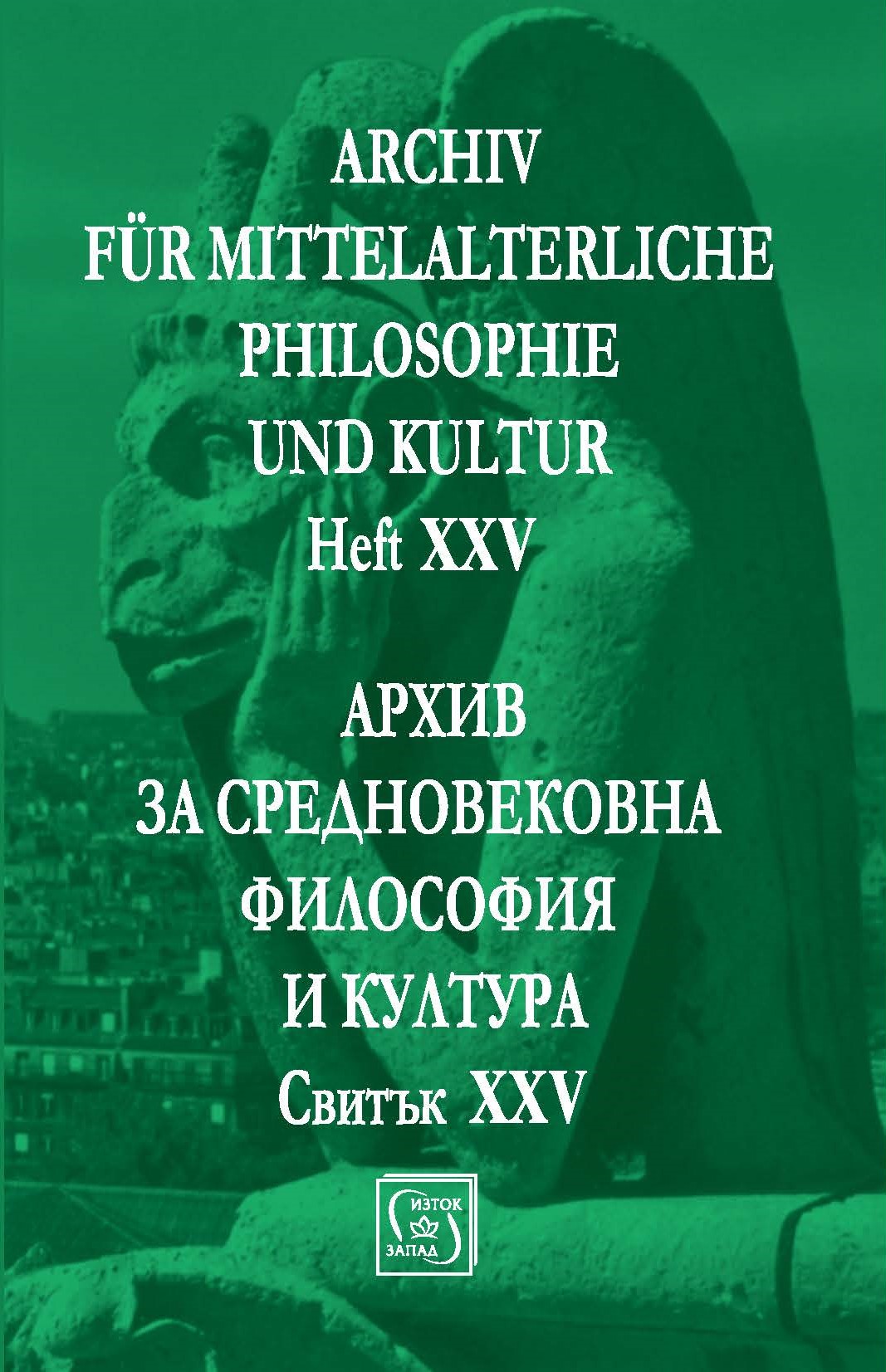Защо Творецът играе на зарове или за връзката между синхронната контингентност и изкуството
Why Does the Creator ‘Play Dice’ or the Interrelation Between Synchronic Contingency and Art
Author(s): Gergana DinevaSubject(s): Christian Theology and Religion, Philosophy, History of Philosophy, Metaphysics, Theology and Religion, Philosophy of Middle Ages
Published by: Издателство »Изток-Запад«
Keywords: Scholasticism; John Duns Scotus; Francisco Suárez; ens morale; free will; aesthetics; contemporary thought; art; dignity; personal identity; autonomy;
Summary/Abstract: This paper aims to be a discussion-opener. It is making a statement that should be examined further about the very plausible connection between the contemporary crisis in aesthetics as a philosophical discipline and the breaking of the philosophical relation between the idea of contingency as a condition for the human autonomous act and the art. This idea is based on the interrelation between the free will and the dignity of the person, as understood within the metaphysics of ens morale, and the value of any creative act.As an introductory demonstration of this interrelation, we propose the short but important elaboration on what is an act of art by Francisco Suárez in his De bonitate et malitia humanorum actuum (sect. 1, n. 17.). There we see that the value of the act of art acquires a double significance – on the one hand, the designation of an object as a work of art depends entirely on the conscious autonomous intention of the artist to create it, and on the other hand – the evaluation of each object of art depends on the knowledge and the will invested uniquely by the author in this particular object as a result of a unique creative act. In order to clarify the context of Suárez’ view, we also explicate the essence of the synchronic contingency, developed earlier by John Duns Scotus.
Journal: Архив за средновековна философия и култура
- Issue Year: 2019
- Issue No: 25
- Page Range: 153-168
- Page Count: 16
- Language: Bulgarian
- Content File-PDF

